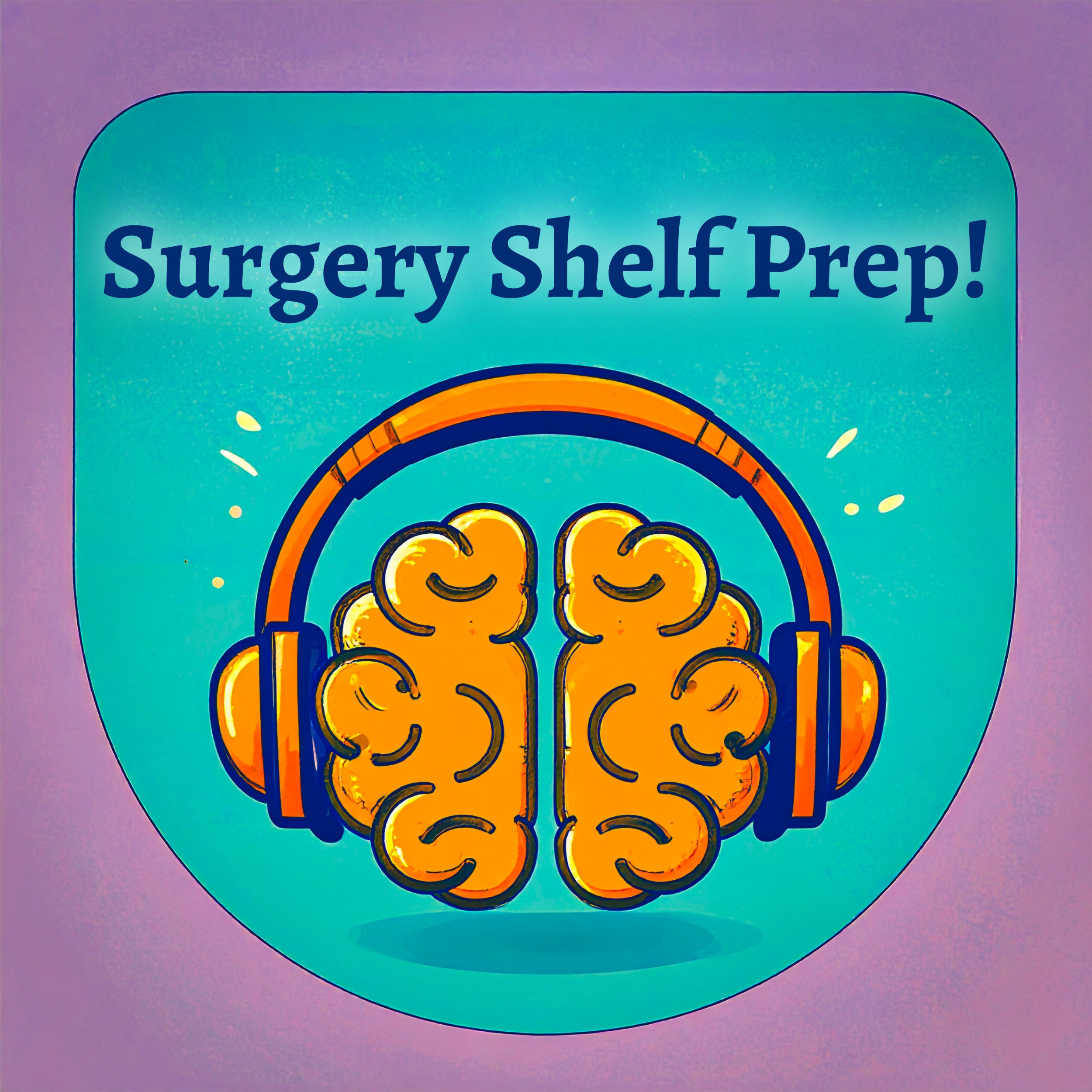Listen "Trauma - Electrical Injuries and Burns"
Episode Synopsis
High-voltage shocks and lightning strikes are devastating—but the hidden muscle damage, lethal arrhythmias, and silent toxins offer a chance to make a difference in a patient's life. In this high-yield episode, Chris and Mars break down the full spectrum of electrical and thermal trauma you need to know cold for test day. From the iceberg effect of high-voltage contact burns to the sneaky labial artery bleed in a toddler’s mouth, they cover recognition, work-up, management, and—most importantly—the classic traps. You’ll also learn the must-know formulas, drug mechanisms, and airway decisions to save lives.Key TakeawaysHigh-voltage contact burns: tiny entry wounds can hide massive deep muscle necrosis; aggressive fluids and urine alkalinization prevent renal failure.Low-voltage oral burns: always warn caregivers about a delayed day 5–10 labial artery hemorrhage.Lightning strikes: treat apnea first; cardiac rhythm often restarts spontaneously.Electrical-induced arrhythmias: anyone with loss of consciousness or high-voltage exposure needs 24-hour telemetry—even if the first ECG looks normal.Rhabdomyolysis: start large-volume crystalloids and bicarbonate immediately; never wait for a creatine kinase value.Compartment syndrome: delta pressure under 30 mm Hg demands prompt two-incision fasciotomy; distal pulses do not rule it out.Escharotomy: circumferential chest burns with rising peak airway pressures require mid-axillary incisions before distal ischemia sets in.Inhalation injury: facial burns plus carbonaceous sputum mean early endotracheal intubation and fiber-optic bronchoscopy within 24 hours.Parkland formula: 4 mL × weight (kg) × %TBSA; give half in the first 8 hours, half in the next 16.Carbon monoxide and cyanide: pulse oximetry is useless; get carboxyhemoglobin levels and treat cyanide with hydroxocobalamin, not sodium nitrite, in smoke inhalation cases.Perfect for med students who want to lock in the algorithms, avoid shelf traps, and feel ready for any shock—literal or figurative—that comes their way. Tune in, review your ABCs, and crush those burn and electrical injury questions.
More episodes of the podcast Surgery Shelf Prep!
Colonic Volvulus
04/12/2025
Rectal Cancer
22/11/2025
Colon Cancer
19/11/2025
Ischemic Colitis
13/11/2025
Diverticulitis
11/11/2025
FAP and HPNCC
06/11/2025
Ulcerative Colitis
05/11/2025
Crohn's Disease
03/11/2025
Anticoagulation Medications
26/08/2025
 ZARZA We are Zarza, the prestigious firm behind major projects in information technology.
ZARZA We are Zarza, the prestigious firm behind major projects in information technology.
